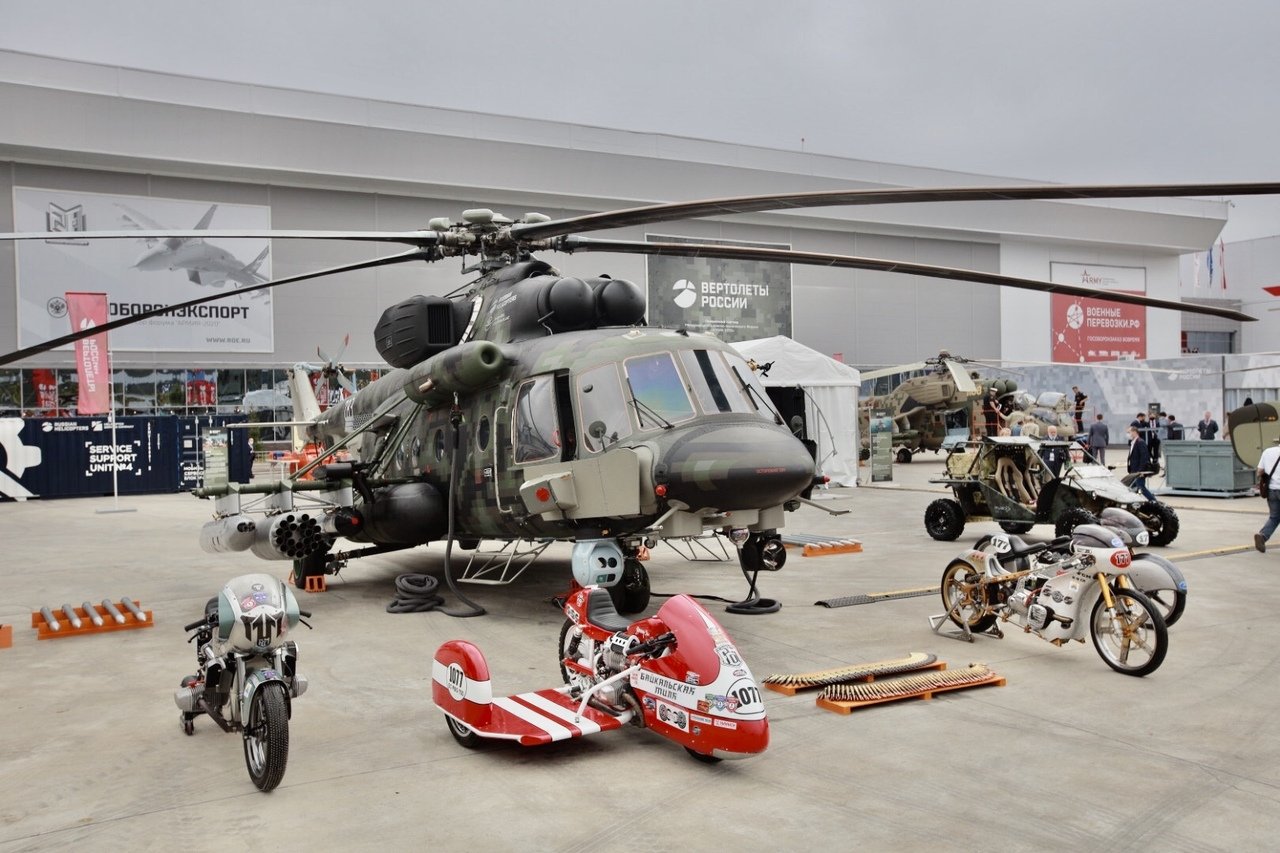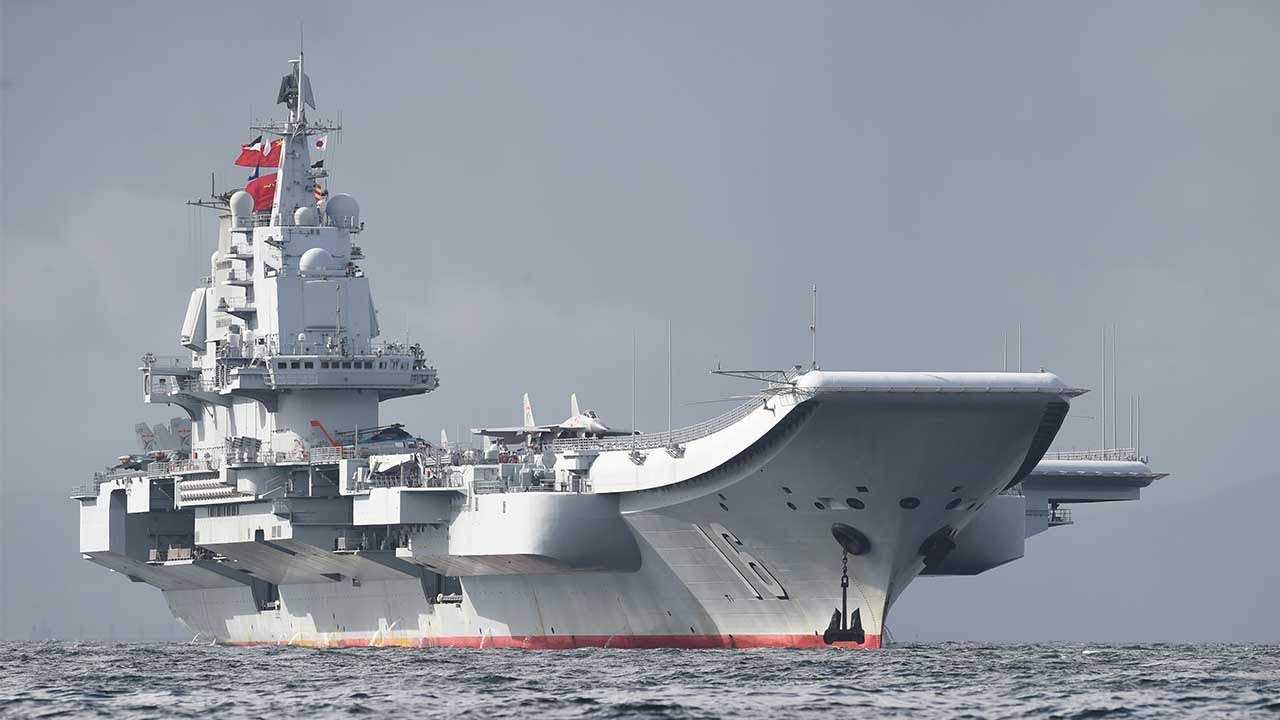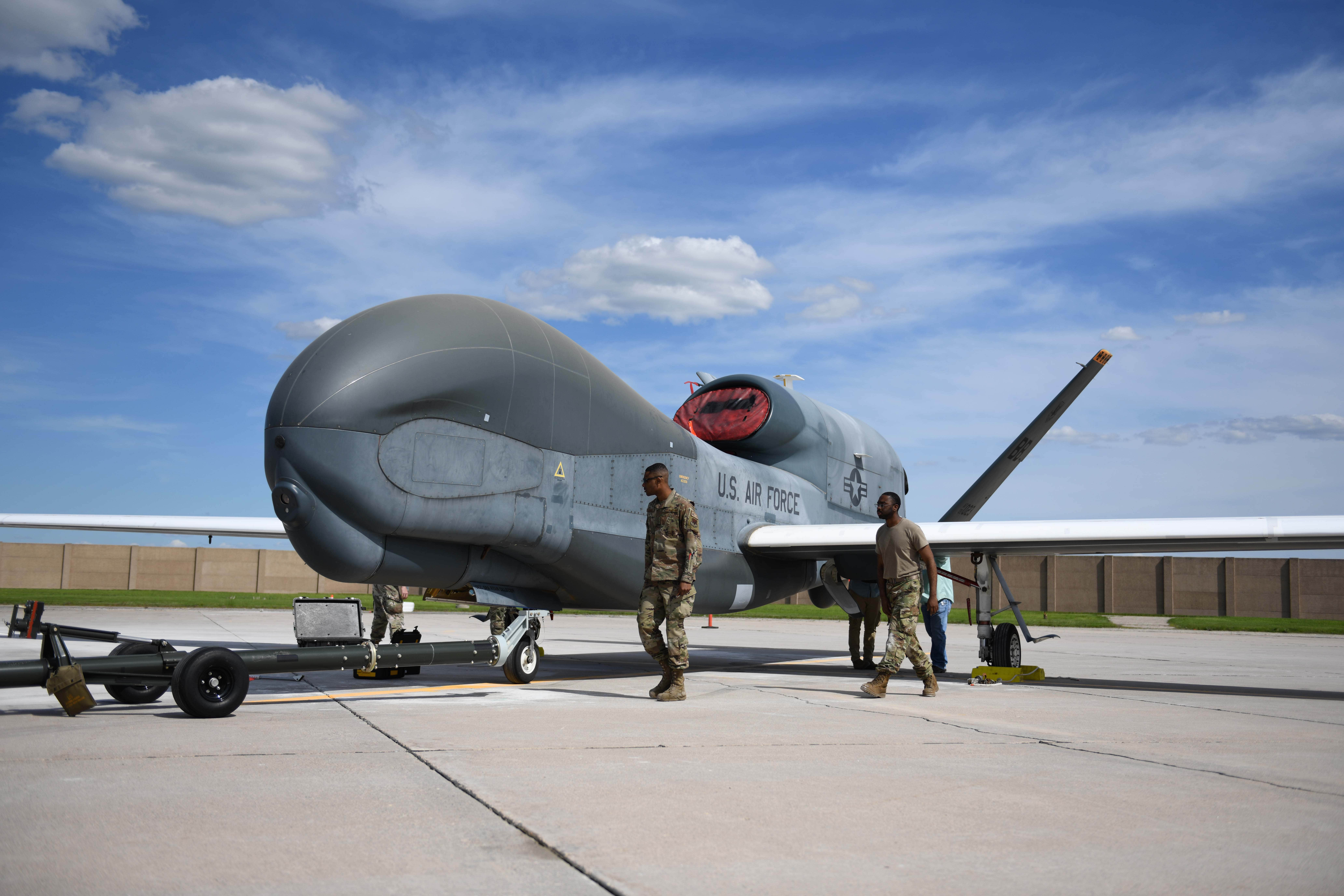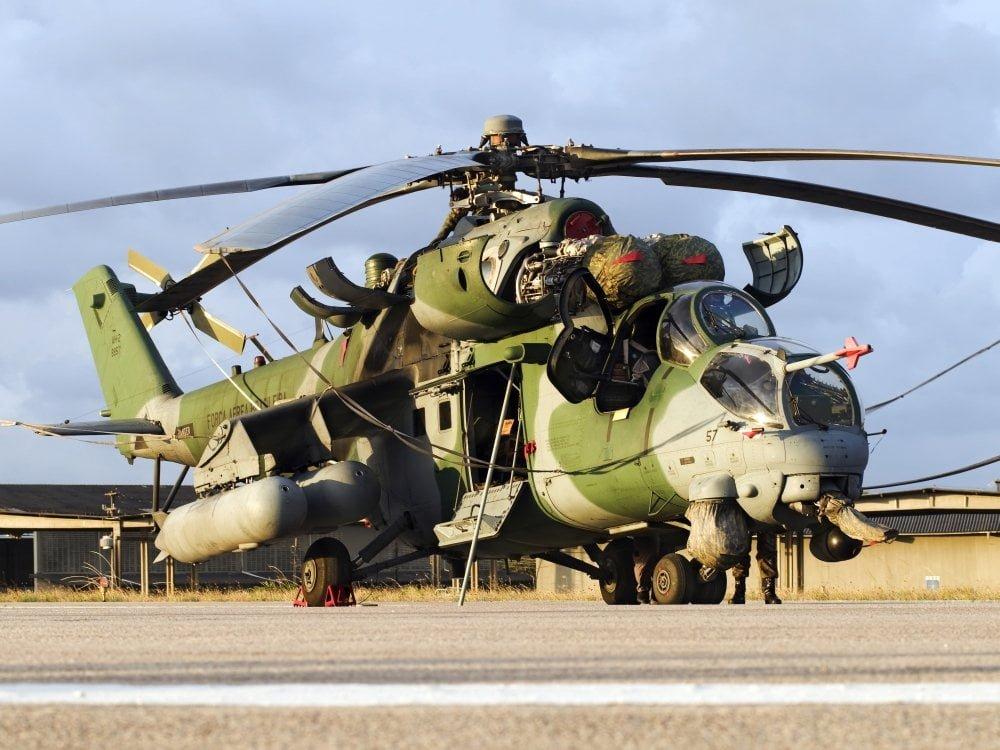When Roylen Griffin retired from his first career at age 47, he began looking for his next adventure.
“I bought some property in the Four Corners area of Utah and started working at an air ambulance company in 2004,” he told Vertical.
There, he found his great passion.
During his work, he realized something else: the air medical transport industry needed an accredited collection of best practices and standards.

His belief was backed by a 2009 paper from the Flight Safety Foundation, entitled “Helicopter Emergency Medical Services (HEMS) Industry Risk Profile.” It stated: “The emergency medical services industry at present has no one accreditation company providing a collective definition, oversight or monitoring for the combined aviation or healthcare and emergency management functions that shape the medical transport industry.”
By the time he read that article, Griffin – “Griff,” as he prefers to be called – had already begun sketching out industry standards. By the end of summer 2009, he had amassed hundreds of best practice procedures for air medical transport.
“There was a big hole that was not being covered by a third-party reviewer,” said Griffin.
He founded the National Accreditation Alliance of Medical Transport Applications, or NAAMTA, and hired Amy C. Arndt as operations director in 2009. Her role was to organize documentation and shepherd the organization through ISO certification.
“Now our NAAMTA processes and all we do are reviewed by an ISO registrar. Once a year, an auditor comes to audit our processes and validates that we are doing all that we are supposed to be doing to be compliant with ISO 9001 quality management standards,” said Griffin.
Hoist accreditations
Today, NAAMTA offers four recognized accreditation programs: medical transport, medical escort, hoist medical transport, and helicopter hoist.
A total of 41 medical transport organizations, both helicopter and fixed-wing, hold NAAMTA medical transport accreditation. It is mandated for all medical transports operating under a U.S. government contract.
The two hoist programs were introduced one year ago at Heli-Expo 2022. Currently, there are two organizations working to achieve the hoist medical transport accreditation.
“I think the hoist accreditation is unique,” said Griffin. “We are the only company that has helicopter hoist and hoist medical transport standards; they are measurable and therefore can be audited. We are the experts that ensure compliance; we are the unique third-party reviewer.”
He and Arndt attended Heli-Expo 2023 in Atlanta, Georgia, where they connected with the big names in helicopter hoist training. The pair also hosted a presentation on what operators can expect during the accreditation process.
There was a lot of interest in NAAMTA’s helicopter hoist accreditation.
“The training companies took our standards and about three said they want to groom their training plan to mirror them,” said Griffin. “So, they will say eventually that their training complies with NAAMTA standards. Consultants are interested, too, so they can help their clients with the process.”
NAAMTA’s hoist accreditations are based on meticulous research dating back to 2020. A panel of subject matter experts helped shape the programs, incorporating best practices from other countries, including the U.K. and Australia. Currently, NAAMTA is looking for volunteer board members to help these standards evolve even further.
“Medical transport accreditation is what NAAMTA has been known for,” explained Arndt. “Our customers, who fulfil government and military contracts, helped us see a need for hoist medical transport standards. We put together experts from around the globe because the need for these standards expands from the U.S. to many international countries. The helicopter hoist accreditation evolved as part of the original development – you had to have the hoist accreditation before the medical transport.”
She added that hoisting presents the highest level of risk for helicopter operators.
“A lot of what we’ve done is incorporate safety management elements and risk mitigation. In the standards, we have a matrix to help you evaluate and mitigate risk.”
The accreditation process
NAAMTA hoist medical transport certification includes about 300 standards. To qualify, operators must demonstrate through documentation that they comply with each one.
“We also incorporate site audits as part of our accreditation process,” said Arndt. “We interview personnel; definitely the executive team and the hoist rescue tech, pilots, medical team, all of the key roles within the org. We make sure that what we’ve seen through the documentation is reiterated by the employees.”
The accreditation application process can take anywhere from four months to a year. It’s an informative journey, noted Griffin. Many operators report that simply going through the process reveals the effectiveness of their organizational policies. At times, a company may find that they don’t have a policy in place, and employees understand expectations only through word of mouth.
He listed three key benefits of NAAMTA accreditation. The first is that it provides an opportunity for self-evaluation and continuous improvement. Second, it allows a company to compete for government contracts. Third, accreditation is a marketing tool that helps put its holders ahead of the competition.
“Through NAAMTA’s Continuous Compliance and Commitment Program, our members are required to submit monthly and quarterly reports relating to key accreditation criteria,” concluded Griffin. “We challenge our members to revisit some of the things we do during the audit. I’ve seen these efforts increase profitability through proper procedures and standards – as companies show constant improvement.”
At HAI, he was pleased to hear that word is out about NAAMTA’s processes, procedures, and continuous compliance.
“The positive feedback we receive through our customers, potential customers, insurance payers and assistance companies, plus the accreditation requirement for government contracts, proves that our platform is solid,” concluded Griffin.





